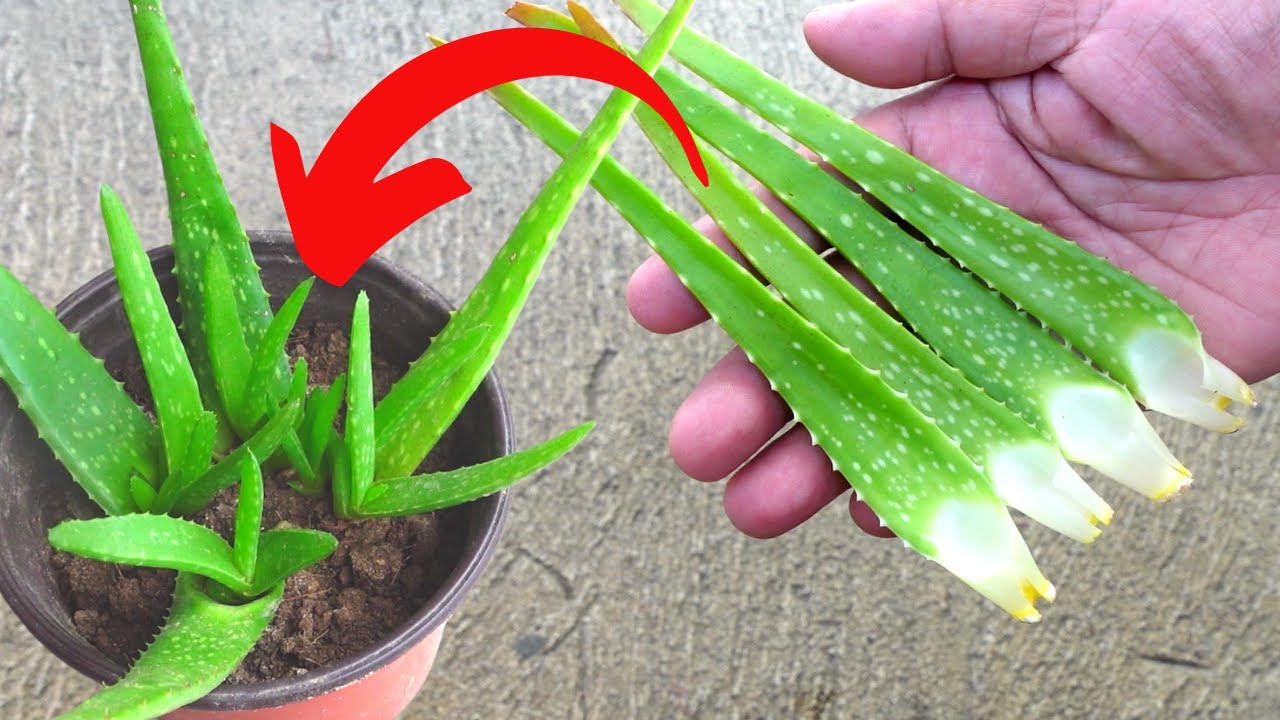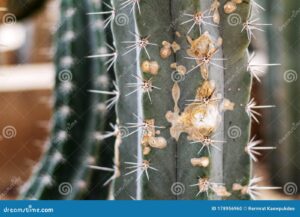When it comes to cultivating resilient houseplants, the aloe vera stands out not just for its remarkable healing properties but also for its aesthetic appeal. Known for its fleshy, serrated leaves that can bring life to any indoor garden, aloe vera plants can be propagated with relative ease. Understanding the nuances of propagation can yield a bountiful supply of these vibrant plants, enhancing both the decorum of your space and your gardening experience.
Let’s delve into the art of propagating aloe vera plants from cuttings, guiding you through the steps that will lead to a flourishing collection of this succulent.
Understanding Plant Anatomy: The Role of Offsets
Before embarking on the propagation journey, it is crucial to familiarize yourself with the anatomy of the aloe vera plant, specifically the offsets. Offsets, or “pups,” are the small plantlets that grow at the base of the mature aloe. Each pup is genetically identical to its parent, ensuring that you’ll maintain the same resilient characteristics that define your original plant.
Offsets usually emerge when the parent plant is healthy and well-cared for, often seeking to multiply during the growing season, which typically spans from spring to early summer. Keep an eye out for these pups, as they are your starting point for propagation. Healthy, plump offsets indicate a thriving aloe, ready for separation.
Preparing for Propagation: Careful Detachment
Once you’ve identified a suitable offset, it’s time for the delicate process of detaching it from the mother plant. Employ a sharp, sterile knife or scissors to ensure a clean cut. Aim to sever the pup at the base, including some roots wherever possible; this facilitates a smoother transition once planted.
Allow the cut end of the offset to dry for a few hours. This step is often overlooked but is paramount in preventing rot post-planting. Dried cuttings callus over, protecting them during the transition into a new growing medium. While you wait, divert your attention to preparing the perfect planting environment.
Choosing the Right Soil and Potting Conditions
The success of your aloe vera propagation largely hinges on the soil you choose. Opt for a cactus or succulent soil that possesses excellent drainage properties. Aloe vera does not thrive in excessively moist environments, as this may lead to root rot—a leading cause of demise in newly propagated plants.
In addition to soil, the pot’s drainage capability plays a critical role. Select a planter with drainage holes to allow excess water to escape. Terracotta pots are particularly advantageous, as their porous nature absorbs moisture, reducing the chances of overwatering.
Once you’ve selected your soil and pot, fill it accordingly and create a small hole at the center. This cavity will cradle the freshly severed offset, facilitating its establishment while ensuring optimal exposure to light and air.
Planting the Offset: A New Beginning
With all elements prepared, carefully position the offset into the soil. Gently press the soil around the base, ensuring there’s adequate support without compacting it excessively. This balance is essential; too much pressure can stifle root formation, while too loose soil can prevent stability.
Once planted, place your new aloe vera in a bright location, but avoid direct sunlight initially; this can stress the plant. Indirect light will aid acclimatization to its new environment, encouraging growth without burning the tender leaves.
Watering Guidelines: Knowing When to Hydrate
One of the most critical factors in the propagation of aloe vera is understanding when and how to water. Initially, it’s advisable to refrain from watering for about a week. This allows the roots to heal and establish without becoming bogged down. After this period, introduce a mild watering routine. Water thoroughly, but allow the top inch of soil to dry out before the next cycle. A general rule of thumb is to water every 2-4 weeks, depending on the humidity and temperature of your environment.
Monitoring Growth: Patience and Care
As time unfolds, be patient. Growth is often an act of patience, yet the rewards are worth the wait. Watch for new leaf formations, which indicate that the plant is adapting and thriving in its new surroundings. Ensure that conditions remain stable, alleviating stresses like drastic temperature changes or harsh drafts that could impede development.
Conclusion: Cultivating Success with Aloe Vera
In conclusion, propagating aloe vera from cuttings is an enriching endeavor that combines horticultural strategy with the joy of nurturing nature. The allure of the aloe vera plant extends beyond its utilitarian benefits; its lush, green leaves, paired with its ease of care, make it an ideal choice for both novice gardeners and seasoned horticulturists alike. By following these meticulous steps—identifying offsets, careful planting, and attentive care—you open the door to a flourishing fresh supply of aloe, ensuring that both your indoor space and your skincare rituals are amplified with its verdant charm. Happy planting!





Leave a Comment